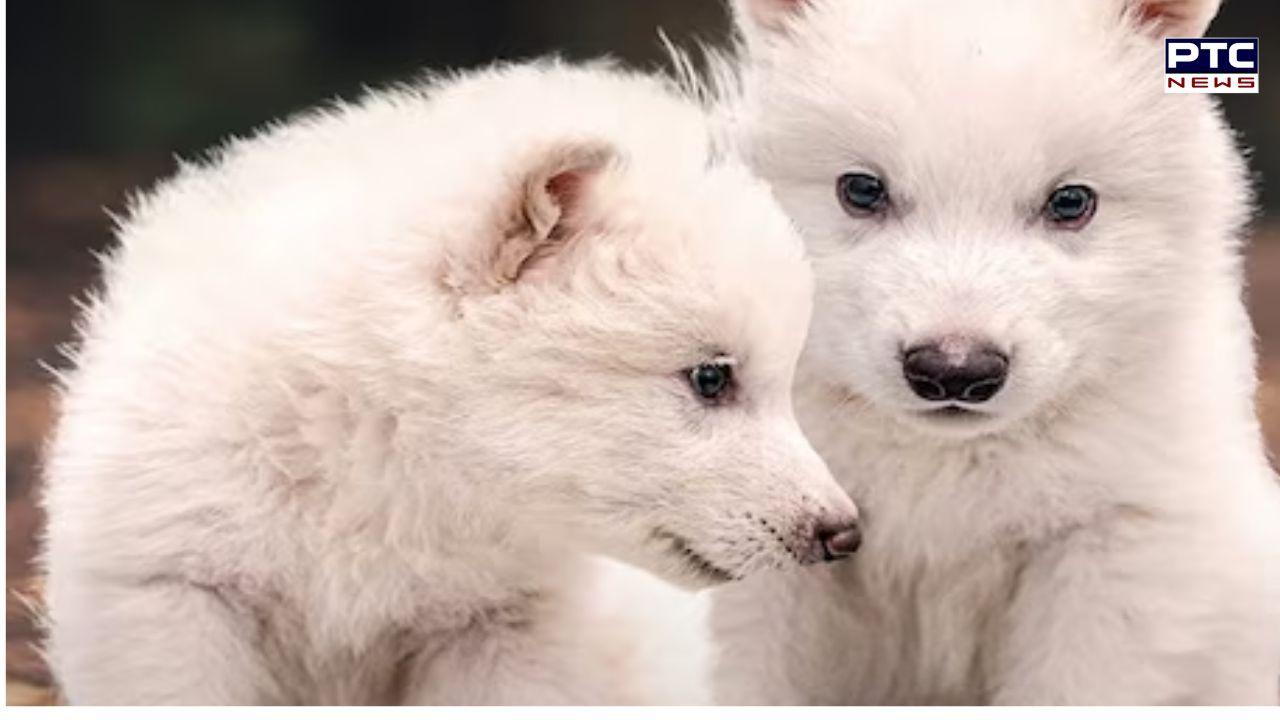

Dire wolves brought back to life after over 12,000 years through genetic engineering
PTC Web Desk: In a groundbreaking development in the field of de-extinction, Colossal Biosciences has successfully brought dire wolves back to life using ancient DNA extracted from a 13,000-year-old tooth and a 72,000-year-old skull. The company recently announced the birth of three healthy dire wolf pups—two males born on October 1, 2024, and a female on January 30, 2025.
Initially nourished by a surrogate, the pups were soon transitioned to bottle feeding under the care of Colossal’s team. Now thriving, the young wolves are being raised in a 2,000-acre secret facility surrounded by 10-foot-high fencing and equipped with constant surveillance via drones, cameras, and on-site security.
Despite their physical health, the behaviour of these resurrected wolves sets them apart from modern wolf species. According to Time, the pups—named Romulus and Remus—exhibit none of the friendliness or excitement usually seen in wolf cubs around humans. Instead, they maintain a cautious distance, even from handlers who have been with them since birth. Their instinct to avoid contact appears to reflect a behavioural trait believed to be typical of dire wolves: a preference for solitude.
Ben Lamm, co-founder and CEO of Colossal, emphasised the significance of this achievement in a press statement. "This massive milestone is the first of many coming examples demonstrating that our end-to-end de-extinction technology stack works," he said. "Our team took ancient DNA and turned it into living, breathing animals."
Colossal has ambitious plans beyond dire wolves, with ongoing efforts to revive other extinct species like the woolly mammoth, dodo, and Tasmanian tiger. While success in these projects has been limited so far, the company remains optimistic about the future of de-extinction science.
- With inputs from agencies
